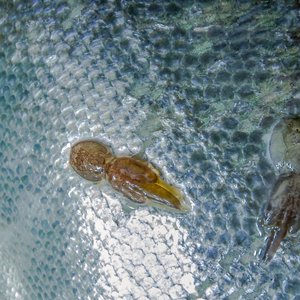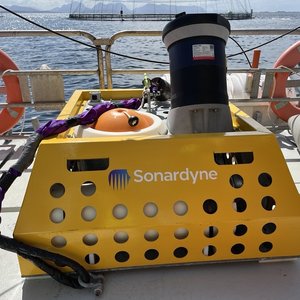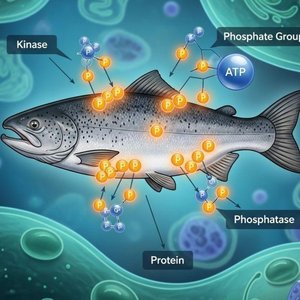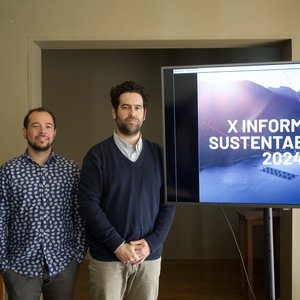Nutriad has released the results from their 2016 Mycotoxin Survey, which included 86 maize samples from across Poland. The survey concluded that this year’s harvest of maize in Poland was of medium quality (>LOQ but below EU recommendation levels) in terms of mycotoxin contamination, which is comparable with the results from 2015.
More than 600 analyses were conducted to test for the occurrence of the 8 mycotoxins most frequently found in agricultural commodities intended for animal production. The survey provided an insight into the incidences of aflatoxin B1 (AfB1), ochratoxin A (OTA), zearalenone (ZEN), deoxynivalenol (DON), T-2 toxin, HT-2 toxin, fumonisin B1 (FB1) and fumonisin B2 (FB2).
The results showed that almost 48% and 44% of the maize samples were contaminated with DON and T-2 toxin, respectively. Unexpectedly, more than 53 % of the samples contained HT-2 toxin. None of the samples were contaminated with OTA or AfB1. The average concentrations of all recovered mycotoxins were medium (>LOQ but below EU recommendation levels).
The highest concentration of DON detected in one of the samples reached 2200 μg/kg. 50% of the samples contained ZEN, a mycotoxin affecting fertility performance of all animal species. The ZEN average concentration reached 250 μg/kg which is high, especially for sows and piglets.
Unexpectedly, the results showed that the average concentration of DON was 503 μg/kg which is significant. Several samples were contaminated with 2 to 4 mycotoxins at the same time which may lead to synergistic interactions among them.
Based on the results of the survey. which was conducted immediately after the 2016 harvest, the current maize crop in Poland should not automatically be considered safe for inclusion into finished feed rations for all animal species. A degree of vigilance is prudent.
Learn more at Nutriad










